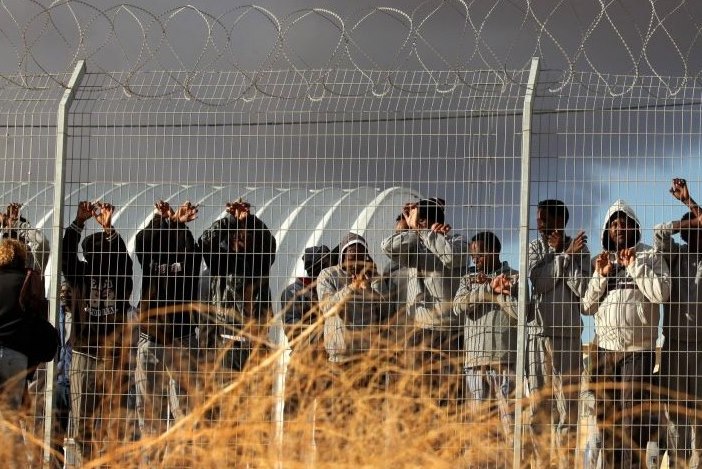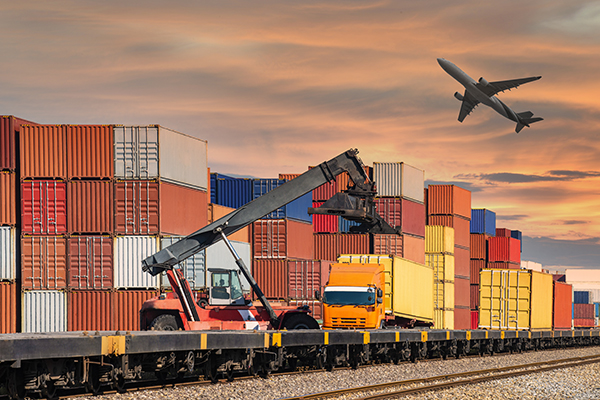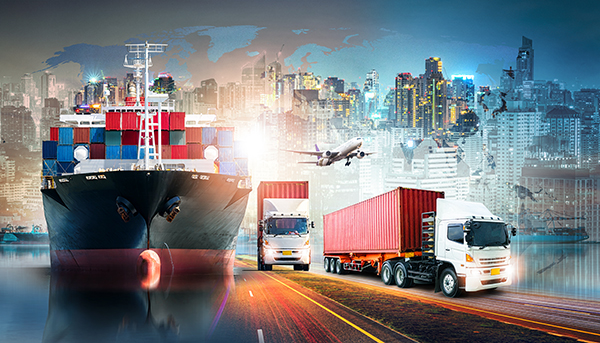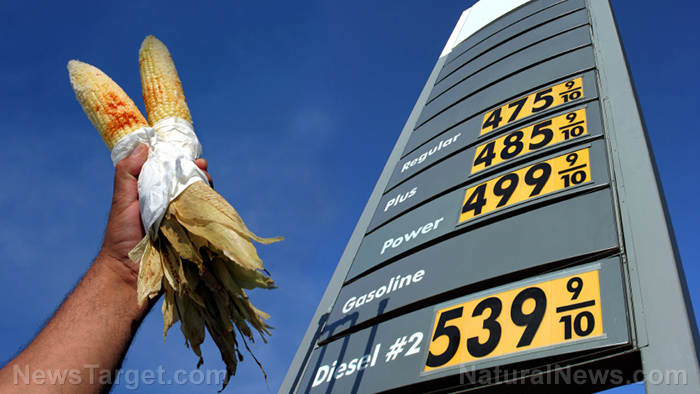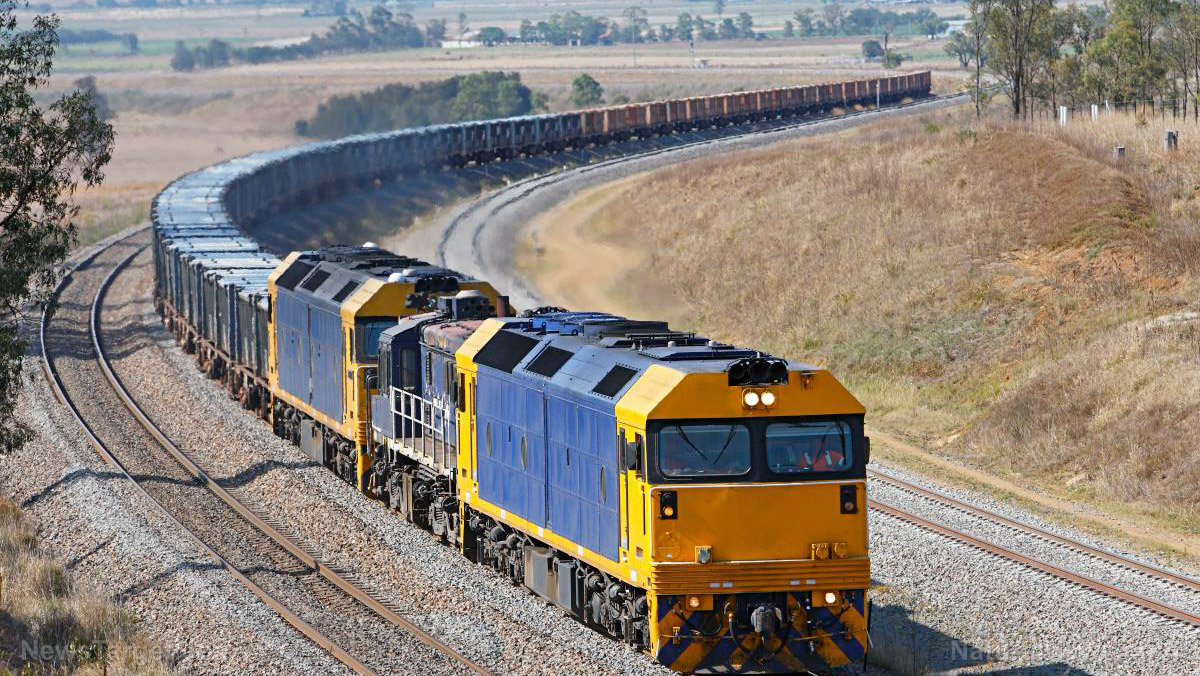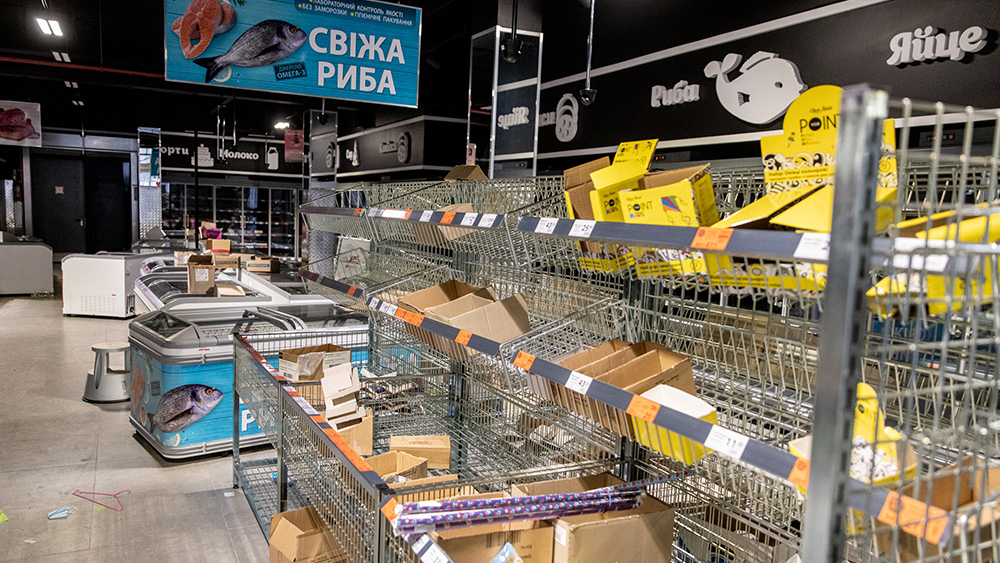West Coast ports log jammed with about 60 container ships still waiting to dock; supply lines continue to suffer disruptions
09/30/2021 / By Ramon Tomey

Ports in the U.S.’s West Coast report record congestion, with a satellite image showing more than 60 ships waiting to dock. A sudden surge in American purchases ahead of the holidays alongside a massive backlog is responsible for this congestion. Labor shortages at the ports of Los Angeles and Long Beach also worsen the situation.
A satellite image reveals about 62 vessels waiting outside the L.A. and Long Beach ports. According to the Marine Exchange of Southern California, 42 container ships are physically at anchor and 20 vessels are in drift areas near the ports. The two ports in the West Coast move 40 percent of containers in the U.S. and serve as the main entry points for goods coming from China.
The ports have had congestion since August 2021, with an initial 44 ships off the coast of California waiting to dock and unload their goods. The number of ships awaiting to dock at the ports has risen by 70 percent since then, the longest queue since the start of the Wuhan coronavirus (COVID-19) pandemic.
In response to the congestion, the Port of Long Beach (POLB) has begun testing a 24/7 pilot program. The program expands cargo pickup to include hours where there is less traffic in the area – allowing for faster deliveries.
“Truckers will find they are never too early or too late for their appointments from 11 p.m. to 1:30 am at the [Long Beach] terminal. For truckers with appointments during this period, the terminal will allow access whenever they arrive,” Total Terminals International (TTI), the port’s operator, says in a statement posted by the POLB.
POLB Executive Director Mario Cordero adds: “We are in the midst of [a] historic surge in cargo, and our terminal operators and other supply chain partners are giving it their all to keep it all moving. We welcome this pilot project by TTI as a first step toward extending gates to 24/7 operations, and we encourage our cargo owners and trucking partners to give this innovative program a try.”
The port congestion sends repercussions throughout the supply chain
Meanwhile, Long Beach Mayor Robert Garcia says the two southern California ports are working with the Department of Transportation and the Biden administration to reduce delays for ships. A statement from his office says the city has been working closely with the administration’s Task Force on Supply Disruptions and Transportation Secretary Pete Buttigieg on the matter.
The statement also acknowledges the POLB’s 24/7 pilot program. “These changes are … intended to support the beginnings of a vision for 24/7 operations at the port,” it says. Aside from this, the statement from Garcia’s office mentions that the POLB is “building additional rail lines to meet the need for … more efficient cargo flow.
Incidentally, the traffic jams at the two ports come as the U.S. and other major economies are approaching normalcy almost two years since the pandemic’s onset. However, the situation still shows two vulnerabilities. First, it reflects the messy reopening of businesses after prolonged lockdowns and closure orders. Second, it exposes the fragility of supply chains. (Related: Worsening shipping crisis will affect retail supply lines and shopping for holidays.)
The increased demand for goods and labor shortages in seaports and other facilities do not only affect goods transported by sea. Goods transported by land also bear the brunt of these setbacks, with delivery company FedEx serving as an example. The logistics firm is rerouting more than 600,000 packages daily amid labor shortages affecting it and other U.S. companies.
According to FedEx COO Raj Subramaniam, understaffing problems are to blame for “widespread inefficiencies” at the shipping company. He adds that major shipping hubs such as the one in Portland operate at “65 percent of the staffing needed to handle its normal volume.” Due to the labor shortages, the FedEx hubs divert about a quarter of the packages that normally come through. (Related: Second wave of a global “shipping nightmare” now taking shape – expect SHORTAGES of everything.)
Subramaniam explains that the diverted packages must then undergo rerouting and processing, “which drives inefficiencies in our operations – and in turn higher costs.” He adds: “These inefficiencies included adding incremental linehaul and delivery routes, meaning more miles driven and higher use of third-party transportation to enable us to bypass Portland entirely.”
CaliforniaCollapse.news has more articles about the congestion at the Long Beach and L.A. ports.
Sources include:
Submit a correction >>
Tagged Under:
California, cargo vessels, chaos, collapse, containers, freight trucking, labor shortages, logistics facilities, Long Beach, Los Angeles, port congestion, Port of Long Beach, ports, shipping, supply chain, supply disruptions, supply lines, supply shortages, transportation
This article may contain statements that reflect the opinion of the author
RECENT NEWS & ARTICLES
SupplyChainWarning.com is a fact-based public education website published by SupplyChainWarning.com Features, LLC.
All content copyright © 2021 by SupplyChainWarning.com Features, LLC.
Contact Us with Tips or Corrections
All trademarks, registered trademarks and servicemarks mentioned on this site are the property of their respective owners.

